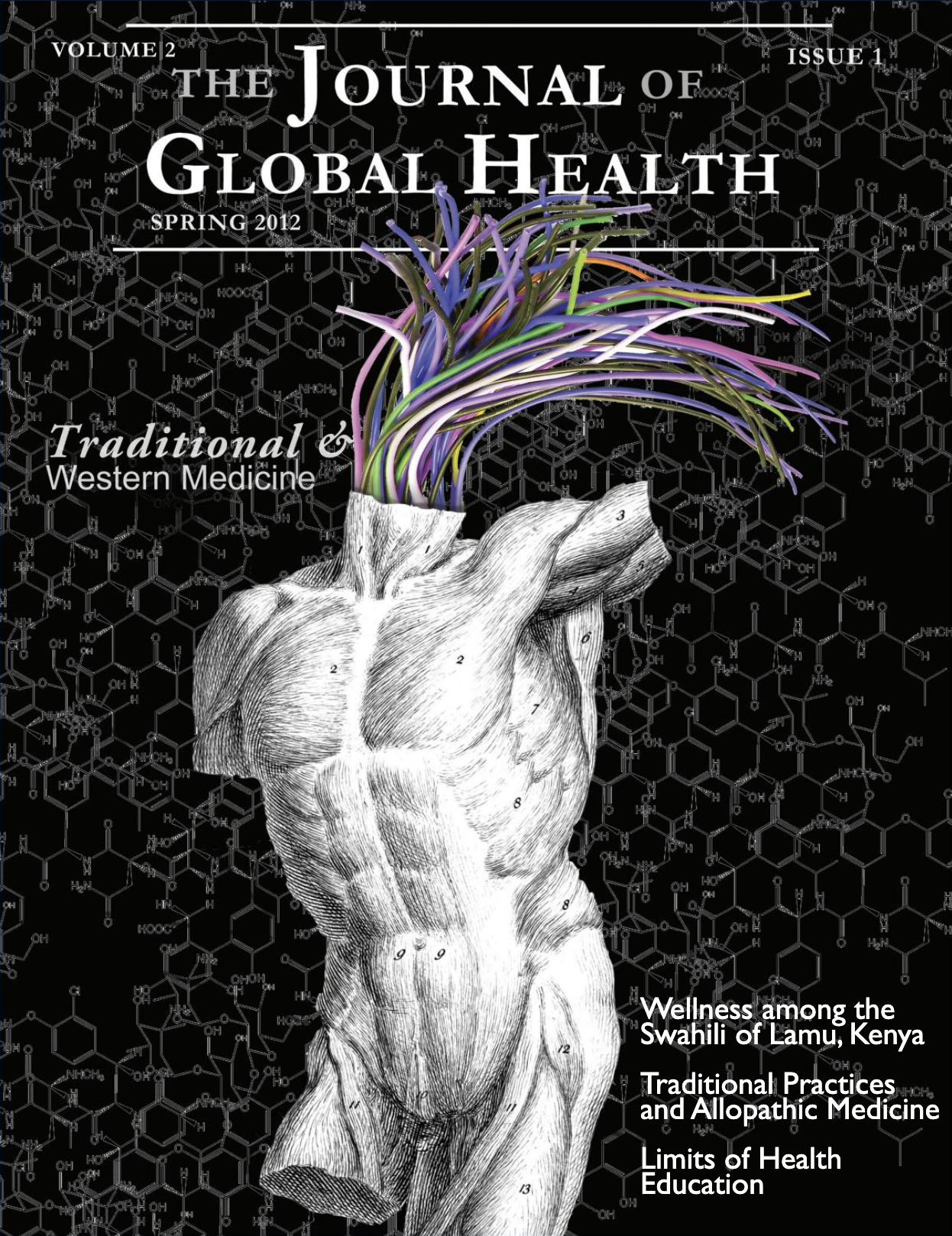Reducing inequalities in doctor distribution Literature review, Thai case study and policy recommendations
Main Article Content
Abstract
This paper seeks to examine the various schemes that have been used to address the global problem of inequitable distribution of physicians between urban and rural areas. A literature review and case study illuminate past strategies that have been successful as well as the strengths and weakness of one particular program.
Evaluation of the studies available and examination of the case study suggest a multidimensional, mixed methods approach, which combines rural recruitment and education, financial support and incentives and a strong social support network. The case study of the Thai Medical Women’s Association’s (TMWA) Rural Scholarship Program combines these aspects by recruiting women from rural backgrounds, supporting them financially by funding their medical education and living expenses and including them in an extended national and international network of women physicians to foster social and professional support. The case study offers valuable insights from all parties involved in the scholarship program, including the TMWA members, the scholarship recipients and the Thai Ministry of Health. While future research—especially longitudinal (for data on retention), context-specific and experimental studies—on this subject is still required, the educational, financial and social support methods identified can be recommended already, as they have been successful in the recruiting and retention of rural physicians thus far. These recommended strategies can be facilitated and strengthened by the combination of governmental and non-governmental programs, as is the case with the TMWA Rural Scholarship Program, where women are recruited from the pre-existing Collaborative Program to Increase Production of Rural Doctors (CPIRD), run by the Thai Ministry of Health. Policy recommendations will be made that may be useful to the TMWA, the Thai Ministry of Health and any other governments or organizations that are in need of strategies or programs to increase the recruitment and retention of rural doctors in their setting.
Article Details

This work is licensed under a Creative Commons Attribution 4.0 International License.

